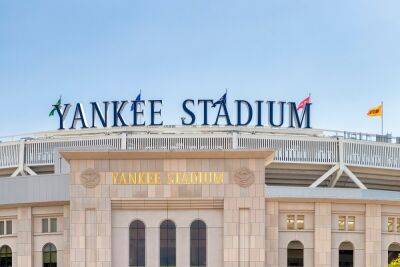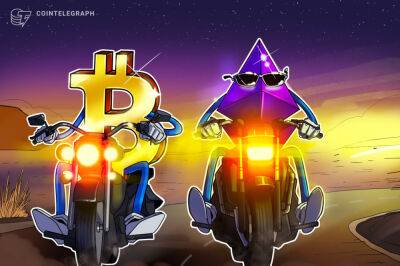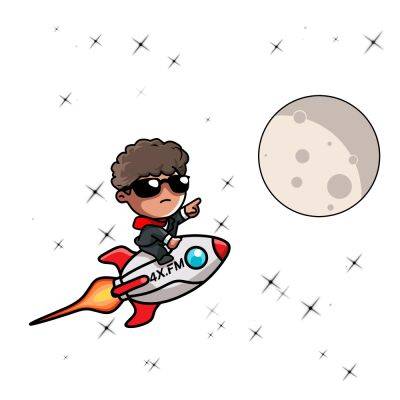Crypto, like railways, Part 2: Blockchain as the new internet planner
In my latest article “Crypto, like railways, is among the world’s top innovations of the millennium,” I compare the blockchain revolution to the railway boom. If we apply this analogy further, what’s going to happen next?
Stuart Hylton in his book What the Railways Did for Us: The Making of Modern Britain cites this quote: “The direct effects of railway building are, after all, considerable enough in themselves to require no exaggeration. They profoundly influenced the internal flows of traffic, the choices of the site and the patterns of land use, the residential densities and development prospects of the central and inner districts of the Victorian city.”
When one examines the development of blockchain technology, one can make a curious observation. First of all, nobody saw it coming: People neglected Bitcoin (BTC) and related applications; blockchain protocols were doomed as unnecessary, while Wall Street predicted the fall of crypto. Laugh or not, Bitcoin has “died” over 400 times. Secondly, the industry has captivated the minds of the public and professionals, governors and creators; in a blink of an eye, the internet adopted the roadmap from Web2 to Web3.
Just like railways transformed towns in the early days, blockchain continues to shape the format of the internet. Below I highlight some of the key ways it influences the design and architecture of virtual networks and physical infrastructure.
The first use case of cryptocurrency is instant, uncensored, nearly free payments. The majority of crypto users don’t care about replacing the central bank currency in their countries; they simply enjoy the seamless speed and fungibility of new money.
Often, this digital cash is accepted when there is a limitation on the usage
Read more on cointelegraph.com



















